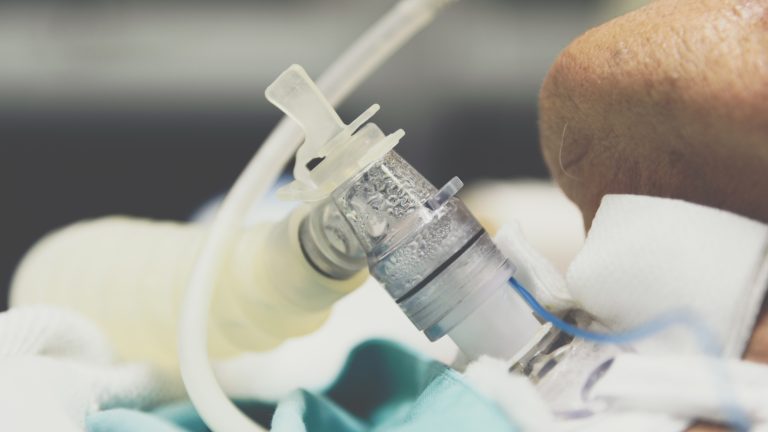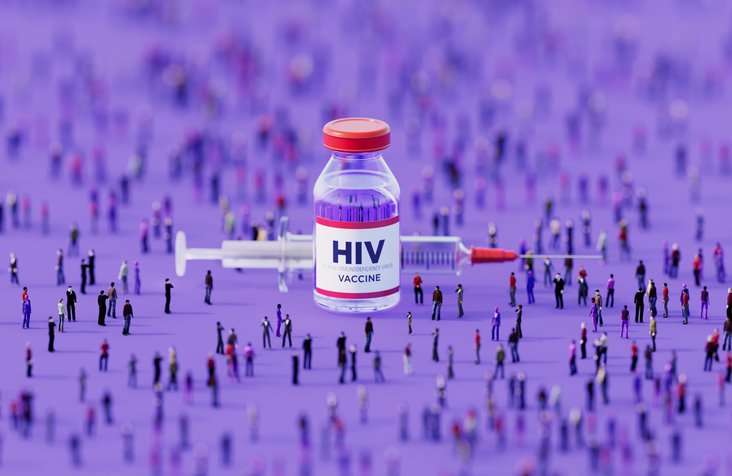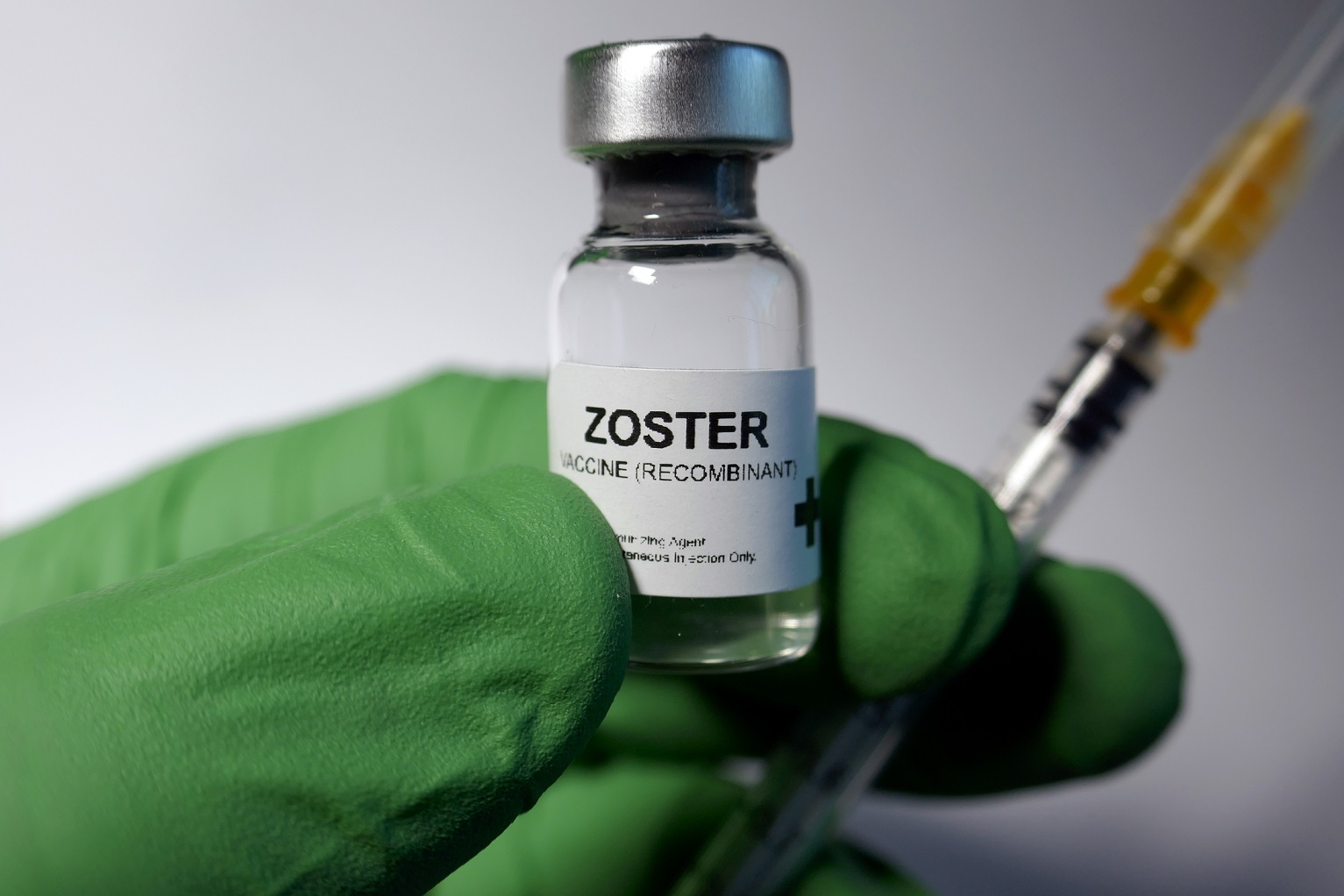A 2023 study published in The Journal of Clinical Investigation found that secondary bacterial pneumonia that does not resolve was the cause of death in patients with COVID-19. The study showed that secondary bacterial pneumonia was very common in patients with COVID, affecting almost half the patients who required support from mechanical ventilation.1
Benjamin Singer, MD, a researcher of the study and associate professor of medicine at Northwestern University Feinberg School of Medicine said:
Our study highlights the importance of preventing, looking for and aggressively treating secondary bacterial pneumonia in critically ill patients with severe pneumonia, including those with COVID-19.2
Nearly Half of Patients on Mechanical Ventilation Developed Secondary Bacterial Pneumonia
The study analyzed the contribution of ventilator-associated pneumonia to mortality in 585 patients with severe pneumonia and respiratory failure, including 190 patients with severe COVID pneumonia in the intensive care unit (ICU) at Northwestern Memorial Hospital.3 Findings from the study showed that almost half of the patients who required mechanical ventilation support were affected by secondary bacterial infection, which is believed to have contributed significantly to deaths. Dr. Singer stated:
Those who were cured of their secondary pneumonia were likely to live, while those whose pneumonia did not resolve were more likely to die. Our data suggested that the mortality related to the virus itself is relatively low, but other things that happen during the ICU stay, like secondary bacterial pneumonia, offset that.4
Richard G Wunderink, MD, an author of the study and professor of medicine at Northwestern University Feinberg School of Medicine added:
The importance of bacterial superinfection of the lung as a contributor to death in patients with COVID-19 has been underappreciated, because most centers have not looked for it or only look at outcomes in terms of presence or absence of bacterial superinfection, not whether treatment is successful or not.5
Study Authors Question Cytokine Storm Theory in COVID Patients
Study authors also challenged the hypothesis that a “cytokine storm” is a frequent cause of death in COVID patients.6 A cytokine storm is a hyper-inflammatory state secondary to the excessive production of cytokines and manifests clinically as influenza-like symptoms, which can be complicated by multi-organ failure leading to death in severe cases.7
Many clinicians have tried to implement therapies to mitigate cytokine storm in the treatment of COVID patients.8 However, researchers in this study said that they did not find cytokine storms in COVID patients leading to multi-organ failure in the patients they studied. Dr. Singer stated:
The term ‘cytokine storm’ means an overwhelming inflammation that drives organ failure in your lungs, your kidneys, your brain and other organs. If that were true, if cytokine storm were underlying the long length of stay we see in patients with COVID-19, we would expect to see frequent transitions to states that are characterized by multi-organ failure. That’s not what we saw”9
The authors note that the study does have its limitations in that it is an observational study, which cannot exclude unmeasured factors that link unresolved ventilator-associated pneumonia to poor outcomes such as death. Other areas of hospital care such as ventilator and antibiotic management strategies and exposure to immunotherapies and alterations in the microbiome may also drive ventilator-associated pneumonia outcomes.10
If you would like to receive an e-mail notice of the most recent articles published in The Vaccine Reaction each week, click here.
Click here to view References:1 Gao C et al. Machine learning links unresolving secondary pneumonia to mortality in patients with severe pneumonia, including COVID-19. The Journal of Clinical Investigation 2023; 133(12): e170682.
2 Neuroscience News. Study Using AI Reveals Secondary Bacterial Pneumonia, Not Cytokine Storm, Found as Key Factor in COVID-19 Fatalities. May 7, 2023.
3 Gao C et al. Machine learning links unresolving secondary pneumonia to mortality in patients with severe pneumonia, including COVID-19. The Journal of Clinical Investigation 2023; 133(12): e170682.
4 Paul M. Secondary Bacterial Pneumonia Drove Many COVID-19 Deaths. Feinberg School of Medicine May 5, 2023.
5 Ibid.
6 Ibid.
7 Zanza C et al. Cytokine Storm in COVID-19: Immunopathogenesis and Therapy. Medicina 2022; 58(2): 144.
8 Ibid.
9 Paul M. Secondary Bacterial Pneumonia Drove Many COVID-19 Deaths. Feinberg School of Medicine May 5, 2023.
10 Gao C et al. Machine learning links unresolving secondary pneumonia to mortality in patients with severe pneumonia, including COVID-19. The Journal of Clinical Investigation 2023; 133(12): e170682.













6 Responses
First of all….did they even have Covid?
Second of all, had they known to use vitamin D and C and a netipot nasal rinse and a nebulizer with hydrogen peroxide solution few, if any, would have died.
Hospital protocols killed many.
It would appear that the entire covid fiasco was botched to the hilt from beginning to end. All involved should face punishment but they won’t. Even Trump recently bragged how he got the vaccine produced in record time, saving thousands of lives. Is he serious or simply delusional ?
That’s very old news and indeed he did mention that, YET, Only because he trusted the so called (honest) Criminals in positions of health professionals but those evil and ignorant narcissists shouldn’t have ever been put in charge of anything much less in charge of any citizens health status!! Please stop blaming Trump, as he has only done good for Americans (why do people like you keep placing faith in fake news reporting which is flat out lies drama acts of the new world order regime..Wakey Wakey The Hell Up and Stop playing the role of an Idiot Sheeple..ugh
The death rate of COVID victims was exaggerated by the harmful habit of hyperventilation that prevails among medical practitioners throughout the world on account of the unscientific belief that carbon dioxide is “toxic waste, like urine,” that must be “rid from the body” using mechanical hyperventilation. Mechanical hyperventilation harmfully depletes body reserves of carbon dioxide, which undermines oxygen transport and delivery. Carbon dioxide enables oxygen transport and delivery by 1. stimulating respiratory drive 2. releasing nitric oxide from capillaries that lowers microvascular flow resistance in the manner of “nitrergic neurogenic vasodilation” and 3. releasing oxygen from hemoglobin into peripheral tissues, where it is promptly consumed by cells. Thus hyperventilation harmfully undermines respiratory drive, exaggerates microvascular flow resistance, which inhibits cardiac output and tissue perfusion, and prevents the release of oxygen into peripheral tissues and organs. The net effect is oxygen starvations in tissues and organs throughout the body, which notoriously increases morbidity and mortality. In contrast, deliberate hypoventilation elevates CO2 body reserves, which beneficially increases tissue and organ oxygenation and improves outcome in all forms of disease. Read my review of CO2 pathophysiology in my paper called “Four Forgotten Giants of Anesthesia History” that can be downloaded from its publisher or from my website http://www.stressmechanism.com.
Thank you for sharing your knowledge!
Good article.